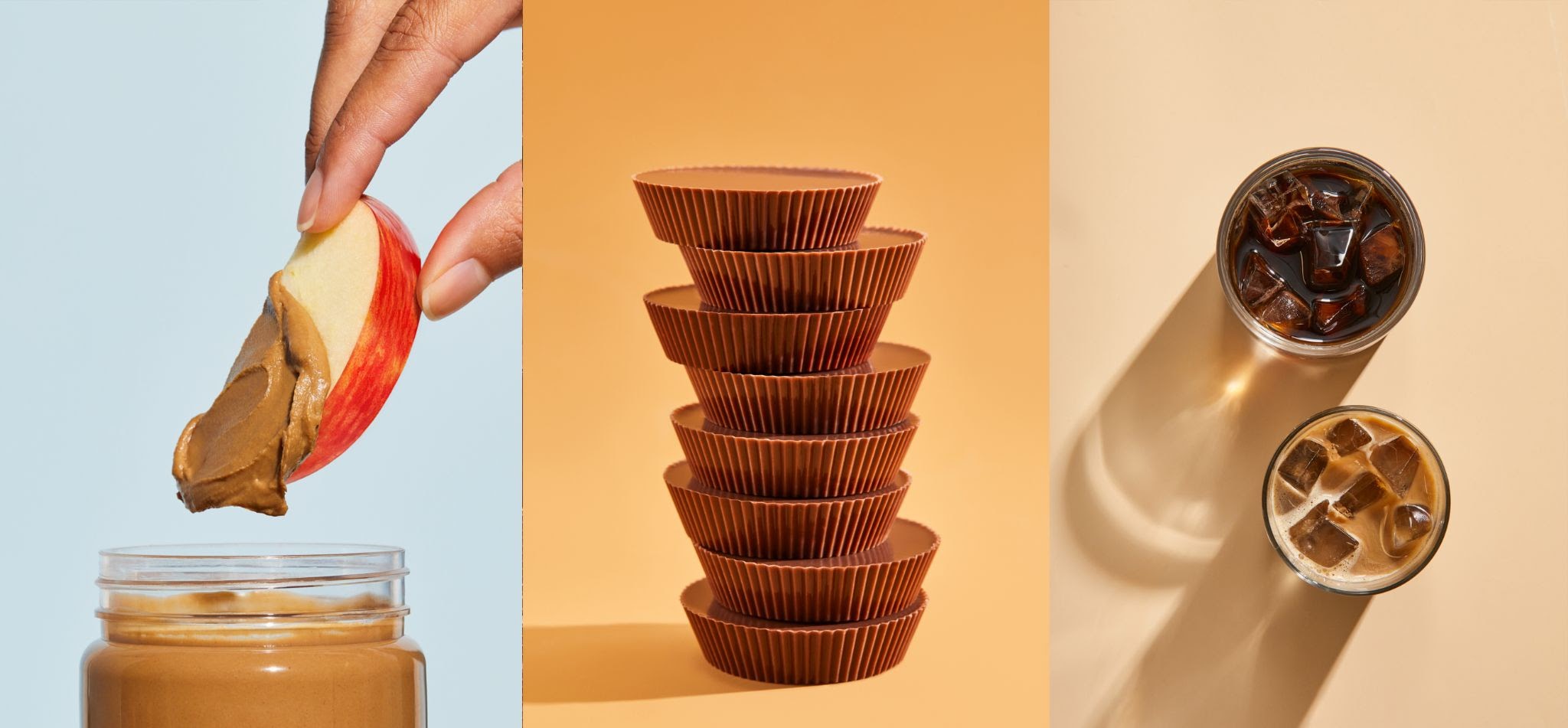Voyage Foods has created what it claims are more sustainable and hypoallergenic alternatives to peanuts, chocolate, and coffee using other natural ingredients such as seeds and grains, and plans to launch the line next year.
The Oakland, California-based food-tech company, backed by a $5.8 million seed investment, is preparing to introduce its first product, a nut-free substitute for peanut butter, in January, to be followed by cacao-free vegan “milk” chocolate and bean-free coffee.
The company combines food technology and food “architecture” — the building blocks that give foods their flavor and texture — to replicate common foods using crops and upcycled ingredients, including grape seeds leftover from wine production.
Adam Maxwell, CEO of Voyage Foods, recently spoke with SFA News Daily about the company and its plans for the future.
Why is there a need for alternative versions of these products?
I think the need depends on the commodity, and the need for peanuts is vastly different from the need for coffee and chocolate. For coffee and chocolate, in the next few decades there are going to be monster supply/demand constraints. The projections for arable land for coffee and chocolate are decreasing, while global populations are continuing to increase, and the developing world is drinking a lot more coffee and eating a lot more chocolate per capita. So for these products in the long term, there will be some point where they are either going to have to deforest all the land in Côte d'Ivoire and Ghana to continue keeping supply up, or chocolate's going to be extremely expensive globally.
And the other answer is, we can make a more efficient re-creation, in the same way that there's never going to be enough butter, and that's why margarine exists. We're not trying to replace the fine chocolatiers in Zurich or Brussels, or Dandelion chocolate or other artisanal chocolate companies, but instead to really support the commodity markets in the chocolate space.
Peanut butter is a much more visceral and much more local issue. It’s distinctly American in a lot of ways — we have the highest incidence of peanut allergies in the world, and we also have the highest consumption of peanut butter in the world by far.
Why have you chosen nut-free "peanut butter" as your first product launch?
The reason it’s the first is that I think there’s the clearest need for it. Chocolate and coffee are much more long-term issues, and the peanut issue is a much more immediate issue.
About 1.5 percent of the U.S. population has peanut allergies, and the average family size is 3.5 people, so that's almost 10 percent of households in the U.S. that have someone with some sort of peanut allergy. We’re really targeting both the people who have those allergies, who maybe have developed them at a later point in life and still have nostalgia for those products, or their family members who would like to still have a quick, easy hit of protein, and that really enjoy the flavor.
How do you anticipate that your products will be distributed?
On the business-to-consumer side, it will be through retail primarily. I think the long-term value of the company, where we’re really going to shine, is on the business-to-business side, whether it's stabilizing the [economics] of large chocolate companies by offering lower-volatility chocolate substitutes, or offering allergen-free peanut butter to other food manufacturers, restaurants, or other places that wouldn't necessarily be able to incorporate those ingredients.
How will you explain the benefits of the products to consumers?
It’s a less linear story than, for example, a vegan meat company saying, “This is vegan meat,” and it's going to depend on the product. For the peanut consumer and the peanut product, which will be launching first, it will be, “This is the first actual peanut alternative that, A, tastes good, and B, tastes like peanuts.” So, I think the initial message is that it’s an easy switch-out, and it’s a cost effective switch-out.
For coffee and chocolate, I think it’s about voting with your dollar to make a long-term bet that this is better food for a better world. It’s much more environmentally sustainable, with much lower water usage, and there’s no harmful labor practices.
What do you see as the biggest challenges ahead for Voyage Foods?
I think acceptance in a lot of ways. We have very clean-labeled products based on the way we do development and manufacturing, with basically whole food ingredients and natural flavors, but I think there's a perception in the U.S. that food science is bad and that processed food is bad. Our chocolate is no more processed or no less processed than any bar of chocolate you eat, but there is still some fear around food that comes out of the lab. Our manufacturing facilities look very similar to a standard peanut butter line or a standard chocolate line, but people could have this idea that it’s somehow worse for them and worse for the environment. So, I think storytelling’s going to be the hardest part.
Related: Upside Foods Develops Animal-Free Cell Feed for Cultured Meat; KeHE Releases List of 2022 Trends.

